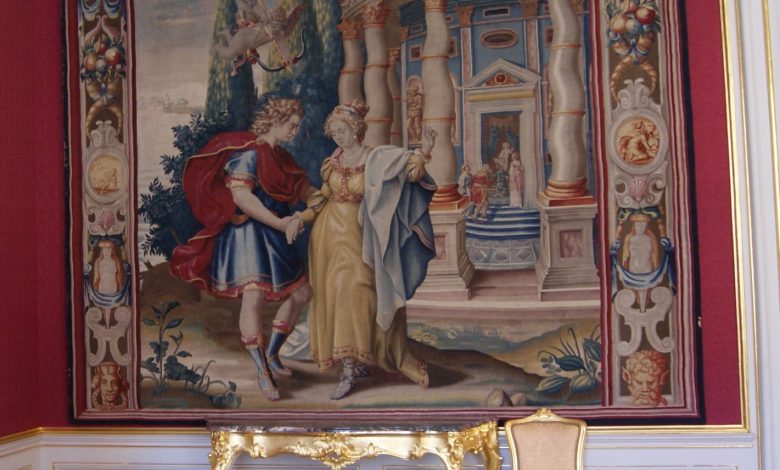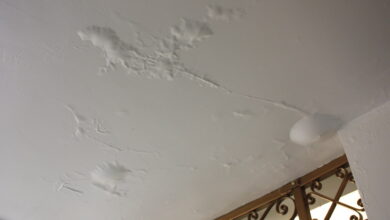Tapestries: All The Interesting Information About Tapestries Materials, And Designs

The second half of the 14th century and the end of the 18th century were significant periods of tapestry weaving in Europe. Tapestries, generally called wall hangings, were woven in different techniques during this period. This guide is all about tapestries with necessary facts.
Materials required for tapestries
Tapestry weaving is primarily done with wool, traditionally used as warp and weft threads. In addition to being readily available and dyeable, its natural strength and flexibility make it an ideal material for weaving tapestries.
For intricate details and to add depth to designs, silk threads are often used in addition to wool in the west. Due to their high cost, metal threads are typically used in small examples of a tapestry rather than large hangings due to their ability to add detail.
The design of tapestries
Weavers traditionally use cartoons to draw their patterns. It is possible to attach a full-scale painting to the loom or to hang it behind it, either on cloth or paper. Traditionally, low-warp looms placed cartoons underneath the warps, which had to be moved aside to follow the design.
If the weaver had copied the cartoon exactly, the tapestry would have been reversed when viewed from the front since tapestries were weaved from the back. Tapestries can be reused once the cartoon has been completed. The success of a tapestry workshop was assured when they had a set of designs they could weave and sell several times.
Pros of Tapestries
· Appearance pleasing
The beautiful sights of tapestries can still be found in churches and cathedrals worldwide, including in South America. Additionally, it is used for interior decoration.
· Decorate your home
With tapestries becoming more and more popular, there is no better way to decorate a house than with them. As a result, the youth of the world are again looking at tapestries as wall decoration. Moreover, the tapestry depicts shades and designs typical of American Indians.
Cons of Tapestries
· Costly
Tapestry has been an expensive art form. Because of the materials used and the themes depicted, tapestries are quite costly. The tapestry makers strive to present a unique identity in every design, thus providing an exclusive appearance.
· A difficult task
Despite the brutal nature of tapestry making, even the most skilled artisans still take their time. It’s because tapestry requires detailed work, whether done by hand or by machine, and these details naturally take time.
Conclusion
Tapestries can be used to decorate your bedroom in a simple yet enjoyable way. An attractive wall hanging gives a room a more contemporary feel. Adding a tapestry to your room will transform it. A tapestry hanging adds style and comfort to a bedroom in an inexpensive and convenient way.
Apart from this, if you are interested to know more about: Inner versus Outside APIs then please visit our Home Improvement category



